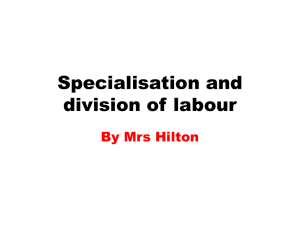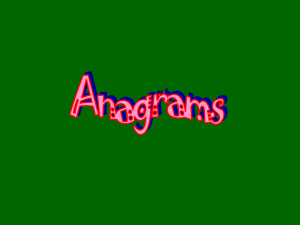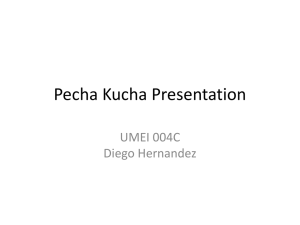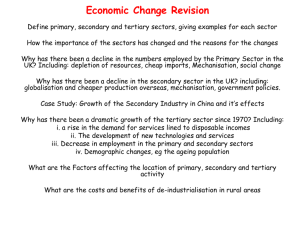Industry Study INDUSTRY STUDY Technical Factors Mechanisation
advertisement
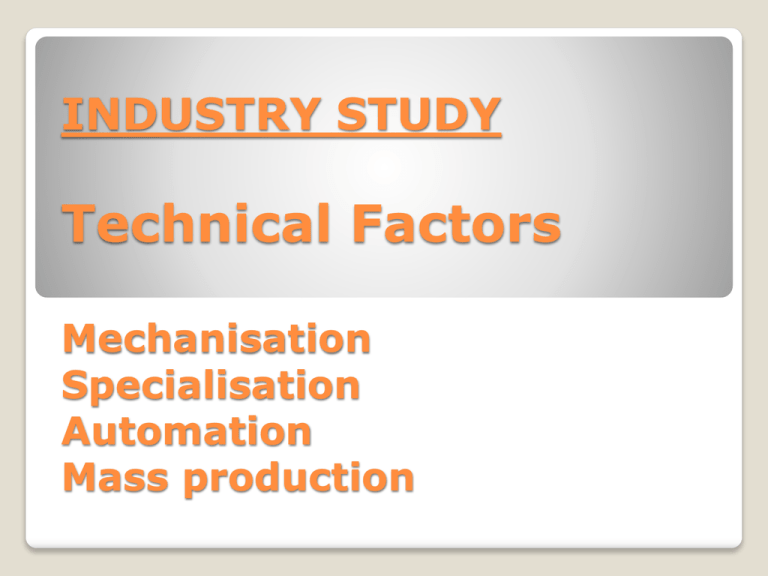
INDUSTRY STUDY Technical Factors Mechanisation Specialisation Automation Mass production Mechanisation Machines replacing human muscle but still requiring human control This will greatly increase efficiency, productivity and quality Some advantages of mechanisation are: • a higher volume of goods can be produced in a shorter time period • more consistent quality of goods produced • machines don’t tire or take holidays and will work 24 hours a day • machines are less likely to cause accidents and lead to workers compensation claims Some disadvantages of mechanisation are: • the high initial cost of purchasing equipment and the cost of training workers to operate the machines. • the loss of jobs in an industry which becomes highly mechanised • the high cost of maintenance and repairs to machines Specialisation Focusing tasks on one particular skill, product, process, resource or service Diversification: • producing more than one product or service • being involved in different types of businesses or industries which may or may not be related Advantages and disadvantages of Specialisation Advantages • workers can become efficient at their task quickly • more likely that precision can be maximised • unskilled labour can often be utilised, reducing costs and increasing profits Disadvantages • workers are not multiskilled and so it is more difficult to replace sick or injured workers with another worker in the factory • workers can become complacent due to boredom Automation Machines which replace human judgment and perception, i.e. Senses Advantages • less labour intensive • less time spent on processing materials = cheaper • quicker to produce items • greater quality assurance, accuracy, neatness • exact replication, maintain standard Disadvantages • Designs are limited due to the inflexible nature of the large panels • Loss of fine skills • Impact on workers: air quality, noise pollution, job repetition • increased industrial waste. Mass Production High volume production of a highly standardised product • Typically products are made on an assembly line with workers organized to perform only one or two operations over and over again - the product moves from person to person. • This is usually only suitable for making large volumes of goods, for example, cars clothing or other appliances. Mass production has advantages and disadvantages. Some of the advantages may include: • efficiency of production: less time is taken to produce goods • ‘economies of scale’: cheaper to make products in large quantities • workers only need to be trained in one or two tasks. Disadvantages may include: • boredom for the workers • RSI (repetitive strain injury) • low job satisfaction for workers • large stock piles of finished goods waiting to be sold • difficult to change the product’s design quickly to respond to changing styles and consumer demand



